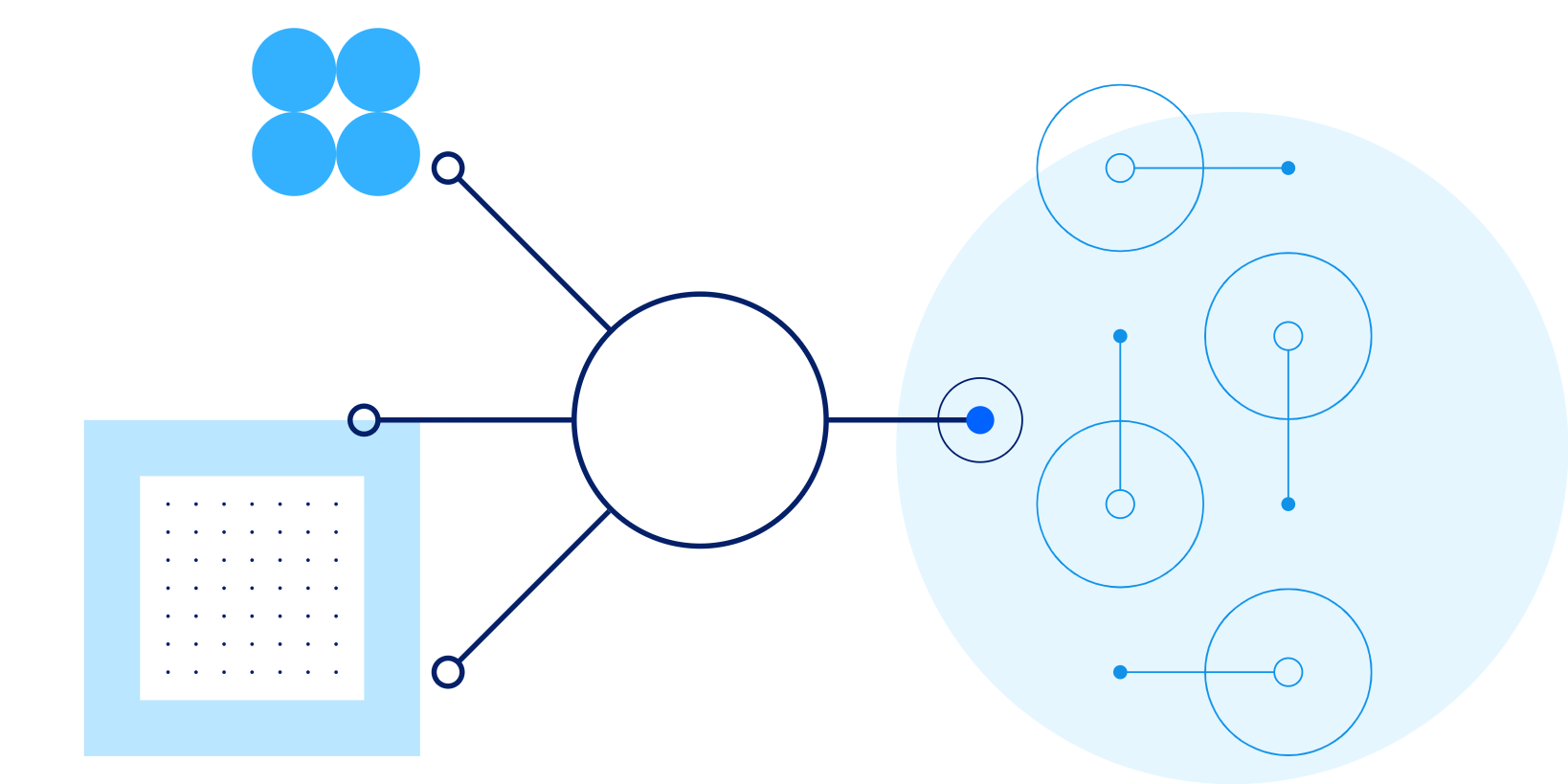About cookies on this site Our websites require some cookies to function properly (required). In addition, other cookies may be used with your consent to analyze site usage, improve the user experience and for advertising. For more information, please review your options. By visiting our website, you agree to our processing of information as described in IBM’sprivacy statement. To provide a smooth navigation, your cookie preferences will be shared across the IBM web domains listed here.
Perspectives
Building new business models to support the energy transition
23 January, 2020 | Written by: Keric Morris
Categorized: Perspectives
Share this post:
Across many sectors of industry, we have seen significant disruption in the past few decades. In the retail space, we have seen around 20% of trade go online since the turn of the millennium and a move to out of town retail parks with the corresponding demise of the high street, while in the leisure industry everything from the journey through to where you stay has gone through transition – redefining the sector. Both of these sectors have been driven by an increase in ease/utility for the buyer – fuelled by the drive for consumerism.
While that may call into question the sustainability of our current lifestyles (a topic for another discussion), we have also seen significant shifts in the energy sector, both what we buy (move toward Green Energy – with over 30% of energy now coming from renewable sources) and how we buy it (reshaping of the retail sector with almost 1/3rd of retail energy now provided by suppliers other than the traditional ‘big 6’). This has been effective in both supporting the energy transition and driving energy affordability through competition.
However, unlike the sectors mentioned at the beginning of the blog where continued change is being driven by insatiable demand, energy is a relatively consistent resource for most consumers which we rarely interact with other than to use it! Moving beyond a simple contracting approach – where I may decide on price/‘green’ nature of what I buy – to the more integrated approach needed for the broader energy transition – development of prosumers, move to EVs, move away from gas for heating, etc. – will require more radical business models mentioned in my previous blog ‘Climate Change and Energy Transition’.
The sorts of issues we are running into are multi-dimensional incorporating a variety of industry sectors and commercial models. This doesn’t mean that they are particularly difficult to solve, as most if not all the technologies needed already exist to deliver them. The issue being run into now is one of defining a clear set of customers and business value propositions and then working out an equitable delivery approach (from product/platform ownership through to revenue splits).
A good example of what this could look like is work Tennet (the Dutch grid provider) has been doing with a variety of players in Holland to solve demand response problems. Working with utilities, car manufacturers and integrators/platform builders, the commercial model now developed provides demand response to Tennet through aggregating electric vehicle charging – effectively paying users to move demand (car charging) to off-peak periods. This has a number of benefits – helping Tennet to avoid additional network build, allows electric vehicle owners to effectively charge for free (netting off demand response payments against charging costs), allows electric vehicle manufacturers to highlight the added benefit of reduced running costs (zero energy cost) and provides an additional service offering for the likes of retail utilities to drive both revenue and stickiness. This was all done using existing technology from IoT through to Blockchain – some of the more complicated elements were in creating the right commercial arrangements to make the business model work.
Another example is the Copenhagen City grid. Copenhagen has set itself the target of becoming the first carbon-neutral capital by 2025. In order to achieve this, they are developing approaches that support users to use less/produce more energy (businesses and consumers – across both heat and electricity), manage the transition to new technologies (such as mass roll-out of EVs in commercial and private transport) and build out an integrated system (both for operations and development). This requires a ‘managed’ approach, leveraging platforms and commercial models to create an integrated, cross-city approach. This impacts everything from city planning through to the market platforms used to signal network changes and manage the day to day energy delivery.
The above platforms have been built and the validity of the models proven – although moving to scale is taking time. Pulling in new partners, ‘open sourcing’ the platforms (making them available to all) and redefining how we deliver energy (‘democratising’ the approach) is still a journey to be completed – although one we need to accelerate if we are to hit our climate change goals.
These business models and the approach to scaling them – moving beyond early adopters and redefining how the energy industry will work in a zero-carbon world – are topics that we will cover in the IBM the Energy Hack. The first of these will be run on the 28th January with energy industry and associated industry leaders from finance, mobility, social housing, to name a few attending. Please feel free to reach out to me or the team if you are interested in taking part.
Learn more: https://energyhack.splashthat.com

Keric Morris
Executive Partner, Digital Strategy Global Energy Lead Global Business Services
More stories
By Helen Gowler on 3 October, 2024
Generative AI: driving a new era of HR transformation
Helen Gowler, Partner, EMEA Talent & Transformation Lead Today, I’m proud to be part of a company that’s committed to addressing gender bias in the tech industry. IBM is pioneering the use of AI to tackle this issue, and I’m excited to contribute to this effort. Our team is developing AI models that can detect […]
By Mark Restall on 18 July, 2024
Multi-Modal Intelligence Platform
Traditionally, data management systems provided only numerical or textual based business intelligence primarily for back-office users across finance, sales, customer management and supply chain. Today, we are increasingly seeing data management systems which drive key business functions requiring interrogation of multi-modal data sets from documents, presentations, images, videos to audio. This demands a more sophisticated […]
By Mark Restall and others on 16 July, 2024
The use of GenAI to Migrate and Modernise Organisational Core Programming Languages
GenAI is hugely powerful and supports a diversity of use cases by focusing on routine work – allowing people to focus time on value-add tasks, thus enhancing productivity. The focus of this use case is for an organisation which had previously focussed on a legacy set of tooling and programming languages and needed a way […]





























